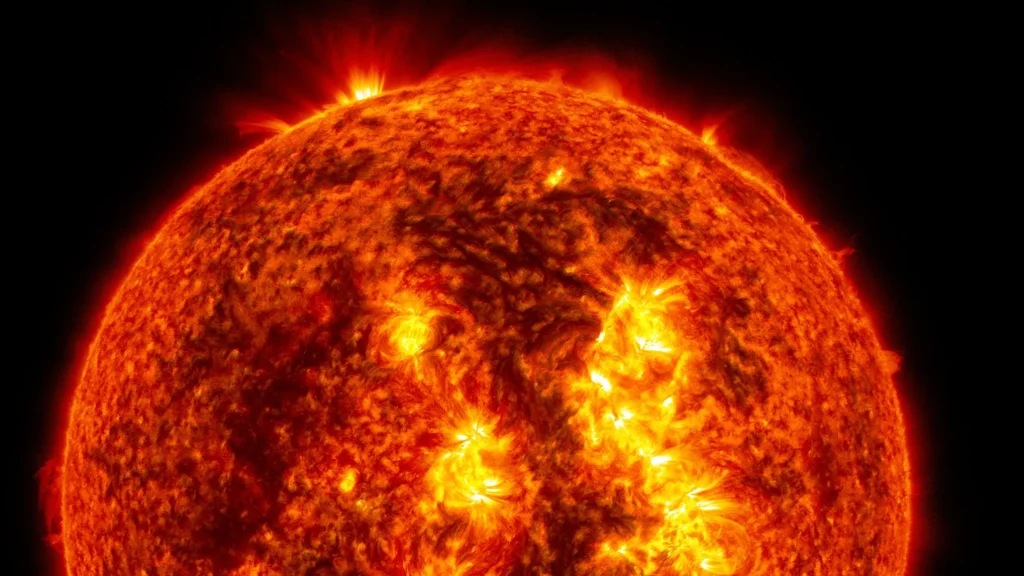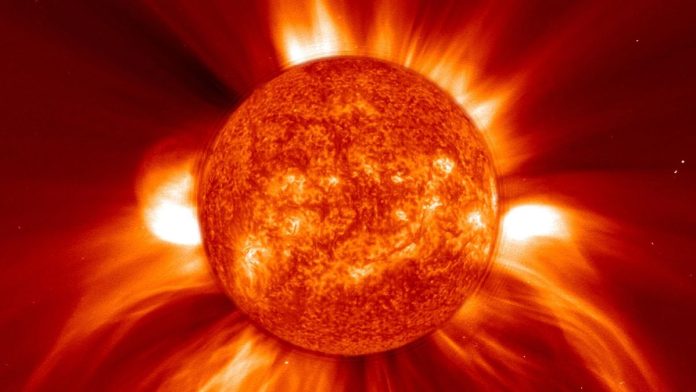Unraveling Solar Mysteries
Recent research challenges previous understandings of the sun’s magnetic field, suggesting it originates much closer to the surface than previously thought. This discovery holds implications for predicting extreme solar storms, crucial for safeguarding Earth’s technology and communications systems.
Insights into Solar Dynamics
Traditionally, scientists believed the sun’s magnetic field originated over 130,000 miles beneath its surface. However, new findings indicate a shallower origin, just 20,000 miles beneath. This discovery sheds light on the mysterious solar dynamo process, influencing solar flares and coronal mass ejections.
Research Methodology
An international team, led by Geoffrey Vasil of the University of Edinburgh, utilized advanced modeling techniques and NASA supercomputers to refine their understanding of the sun’s magnetic field dynamics. Their findings, published in Nature, offer fresh perspectives on solar behavior.
Implications for Space Weather Forecasting
Improved understanding of the sun’s magnetic field enhances long-term solar forecasts, crucial for anticipating the intensity of future solar cycles. This knowledge aids in preparing for potential disruptions caused by solar storms, such as power outages and communication disturbances.
Looking Ahead
As the sun approaches its peak activity in the current 11-year cycle, recent solar flares serve as reminders of its unpredictable nature. Better comprehension of solar dynamics ensures readiness for future solar storms, providing essential insights for space weather forecasting and Earth’s technological resilience.
#SolarResearch #SpaceWeather #SunMagneticField #SolarStorms #SolarFlares #NASA #NatureJournal





